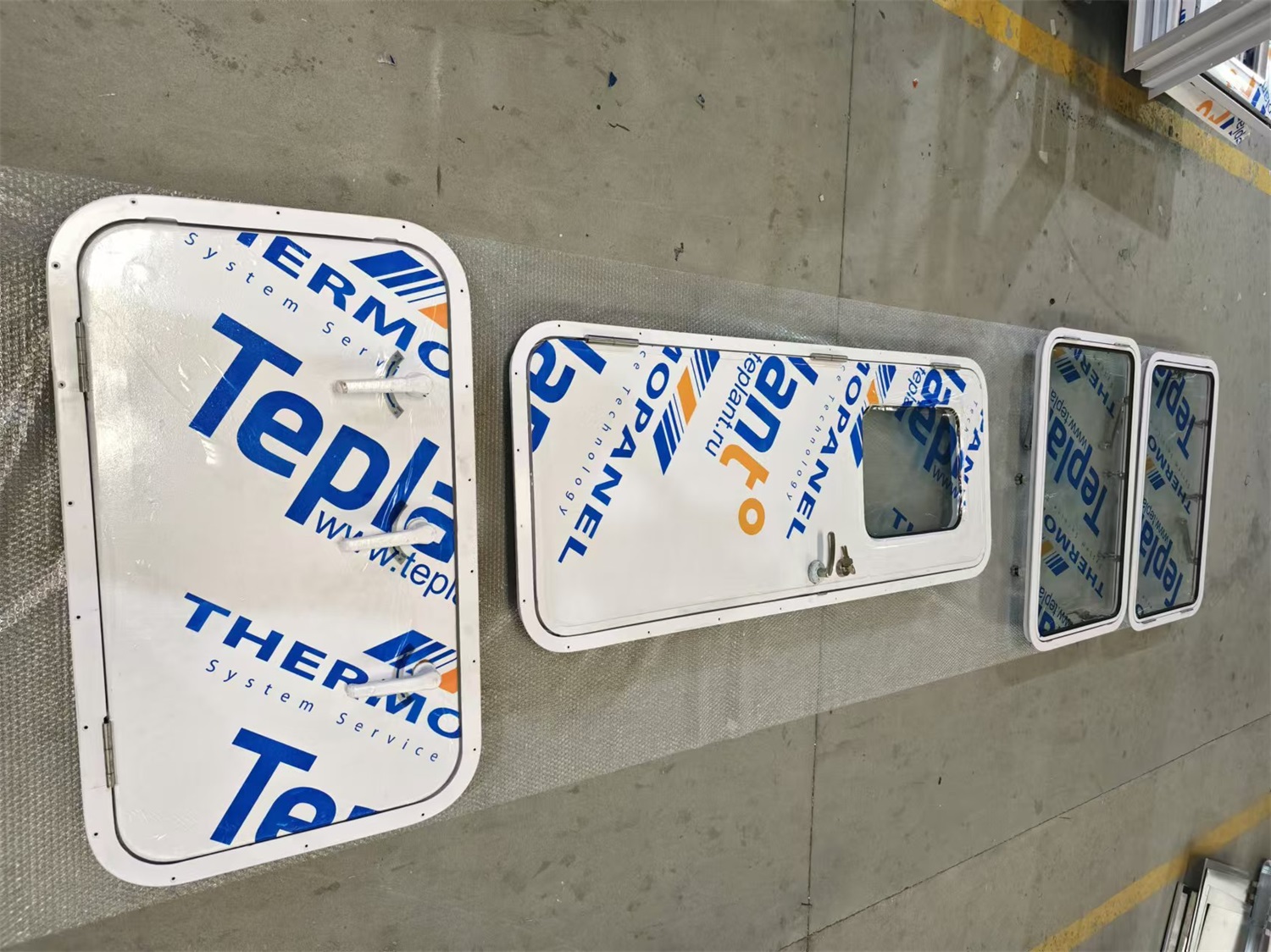Introduction To Marine Watertight Door-2
2025-05-16
Application Scenarios and Operation Norms
1. Typical applications
Submarines and warships: They adopt pressure-resistant circular doors that can withstand high pressure in deep water.
Civil vessels: Sliding doors are equipped in high-risk areas such as engine rooms and shafts and tunnels, meeting the requirements of safety redundancy.
Offshore platforms: Door bodies with integrated fireproof functions are used in oil drilling platforms to prevent the spread of fire.
2. Safe operation
Mandatory closure conditions: including scenarios such as low visibility, port traffic restrictions, shallow water areas (water depth < 3 times draft), and high traffic density.
Emergency drills: Regularly conduct drills for the opening and closing of watertight doors to ensure that crew members are familiar with the operation procedures.
Challenges and Future Prospects
Although watertight door technology is becoming increasingly mature, it still faces the following challenges:
Extreme environment adaptation: Ships on the Arctic route need to withstand a low temperature of -40°C, and the existing rubber sealing materials are prone to aging.
Human operational error: According to accident statistics, 30% of cabin water ingress incidents are caused by doors not being closed in time, and it is necessary to strengthen the automatic control.
In the future, with the development of intelligent ships and green shipping, water tightness will evolve towards "integration, self-adaptation, and zero maintenance", becoming a key node in ship safety and energy efficiency management.




